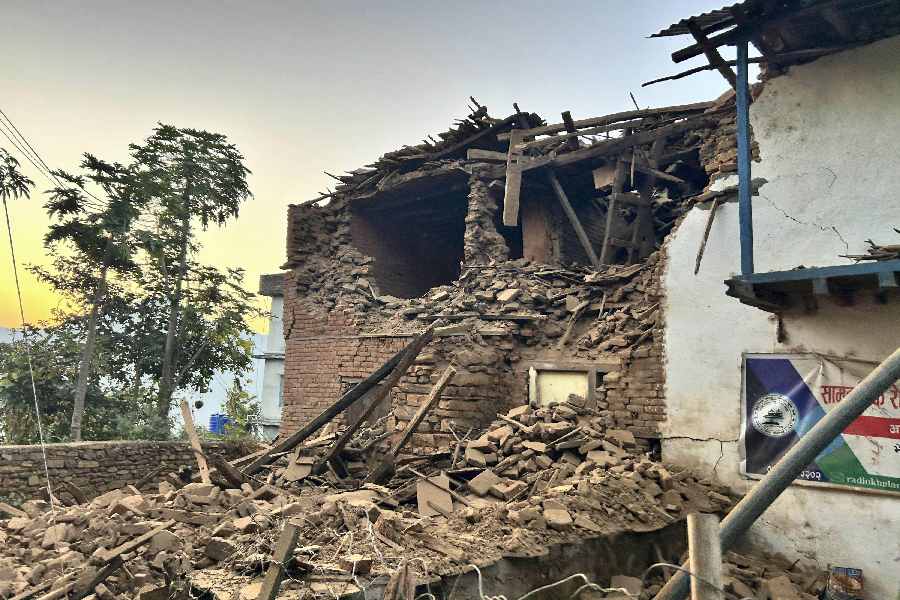At least 153 people were killed in the recent earthquake — it had a magnitude of 6.4 — that struck Nepal and in the three aftershocks that followed. Scientists predict that this is a warning bell for a major earthquake of over 8.5 on the Richter scale that is likely to strike the Himalayan region as the Indian tectonic plate continues to move against the Eurasian plate. Nepal, of course, is not the only nation that is vulnerable. Nearly 58% of the Indian landmass is on the radar of earthquakes and a study by the Indian Institute of Technology, Roorkee has suggested that Uttarakhand’s Nainital and Mussoorie alone would suffer damages up to Rs 1,447 crore and Rs 1,054 crore, respectively, in the case of a major geological rumble. India’s minders have been making matters worse. Haphazard construction in the Himalayan region that follows the outdated National Building Code can prove to be disastrous in the case of such an event. Moreover, India’s push for clean energy has seen the mushrooming of hydropower projects in the sensitive Himalayan region. This, as the subsidence of Joshimath earlier this year showed, is leading to the escalation of risks of not just earthquakes but other calamitous events. Policy response should start — at the earliest — with surveys and audits that can generate earthquake vulnerability maps of the entire region divided into zones. The enforcement of resilient structures can be undertaken using such maps and response centres proportionally distributed across the terrain.
Geological fault lines are not the only factors at play here; geological challenges can lead to the inception of geopolitical tussles. The alacrity with which India and China have reacted to the earthquake in Nepal — India sent relief material worth $1.2 million while Beijing has sent humanitarian aid worth $2.06 million — demonstrates that humanitarian responses need not be divested of strategic impulses. But geopolitics and geology can also be made to intersect in beneficial ways. Take, for instance, the Urban20 meetings that take place as part of G20 proceedings. If earthquake preparedness is prioritised on the agenda, it could foster greater international cooperation with, say, Japan playing an influential role in shaping policy to help prepare Himalayan nations for the looming disaster. This underscores the need to highlight the shared threat of natural calamities in the course of diplomatic engagements, be they local, regional or spanning a wider arc.











